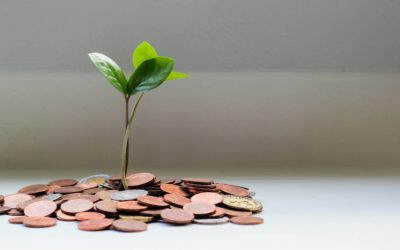Today more than 2 billion people lack access to safe water. Limited access to water is leaving children and their communities in greater risk for health conditions such as malnutrition, malaria and anemia. In fragile and conflict-affected contexts, the situation is exacerbated by the destruction of infrastructure and by the fact that water collection itself is dangerous. The situation is dire: children under five years old that are living in conflict are more than 20 times more likely to die from diseases linked to unsafe water and sanitation than from direct violence[1]. With water under an increasing threat of climate change, the situation will get worse.
UNICEF is working towards providing access to safe drinking water to 60 million people affected by armed conflict, migration crises, natural disasters, and diseases like Ebola or COVID-19 in over 60 countries. Despite these results, UNICEF is mostly spending its budget on temporary, costly and highly carbon-intensive approaches such as water trucking that persist over years as crises drag on, when they should be building infrastructure that lasts for decades.
In the light of this, KOIS and UNICEF, with the support of partners such as Conrad N. Hilton Foundation and Proparco, are working to launch a financing facility dedicated to building durable water infrastructure in fragile contexts. As part of this project, the team went to Jordan and Iraq in the summer of 2021. The aim was to meet relevant stakeholders, assess project opportunities as well as analyse the enabling environment for the financing facility in the countries. The field trips shed light on learnings that will help structure the financing facility.
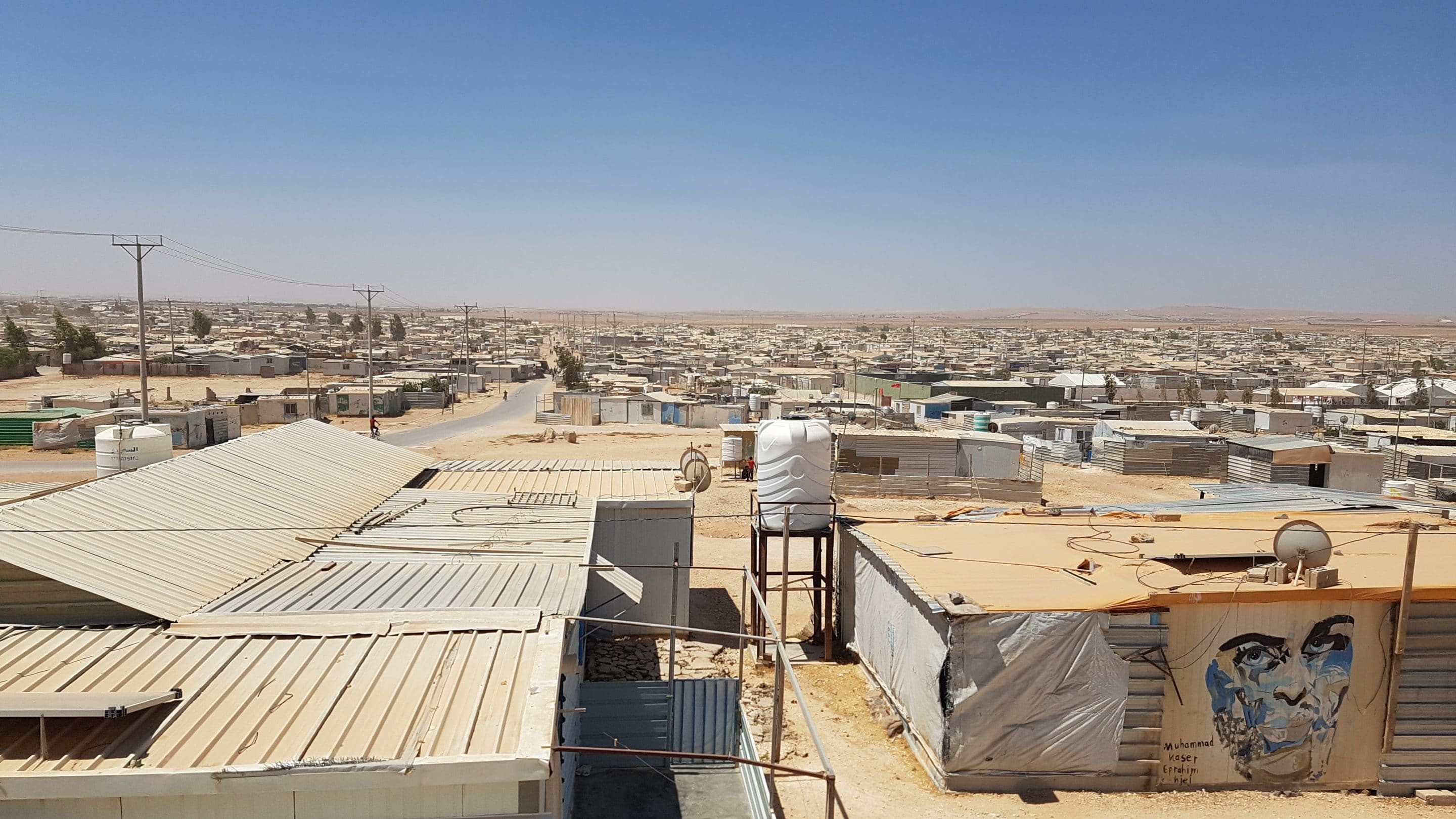
Zaatari refugee camp, Jordan
Lesson #1: Water insecurity is both a driver and a consequence of fragility
Globally, there are 1.8 billion people living in fragile contexts. More than 80 million people have been forcibly displaced from their homes including refugees and internally displaced persons (IDPs). During the field trips, the team learned that displaced persons living in host communities and camps often struggle to access safe water and place stress on already strained delivery systems and limited water resources among the communities that host them. In Jordan, the team learned that annual water demand has increased by 40% in the North of the country boarding to Syria, and by more than 20% elsewhere in the country following the influx of refugees from Syria. This has not only created local water shortages but increased social tensions.
As water insecurity is not only the result of fragility, but also often a key cause of it – ensuring that people have access to safe water will help countries become more resilient. As the number of displaced persons and people living in fragility increases, investment in durable water infrastructure will be crucial for keeping countries from falling further into fragility.
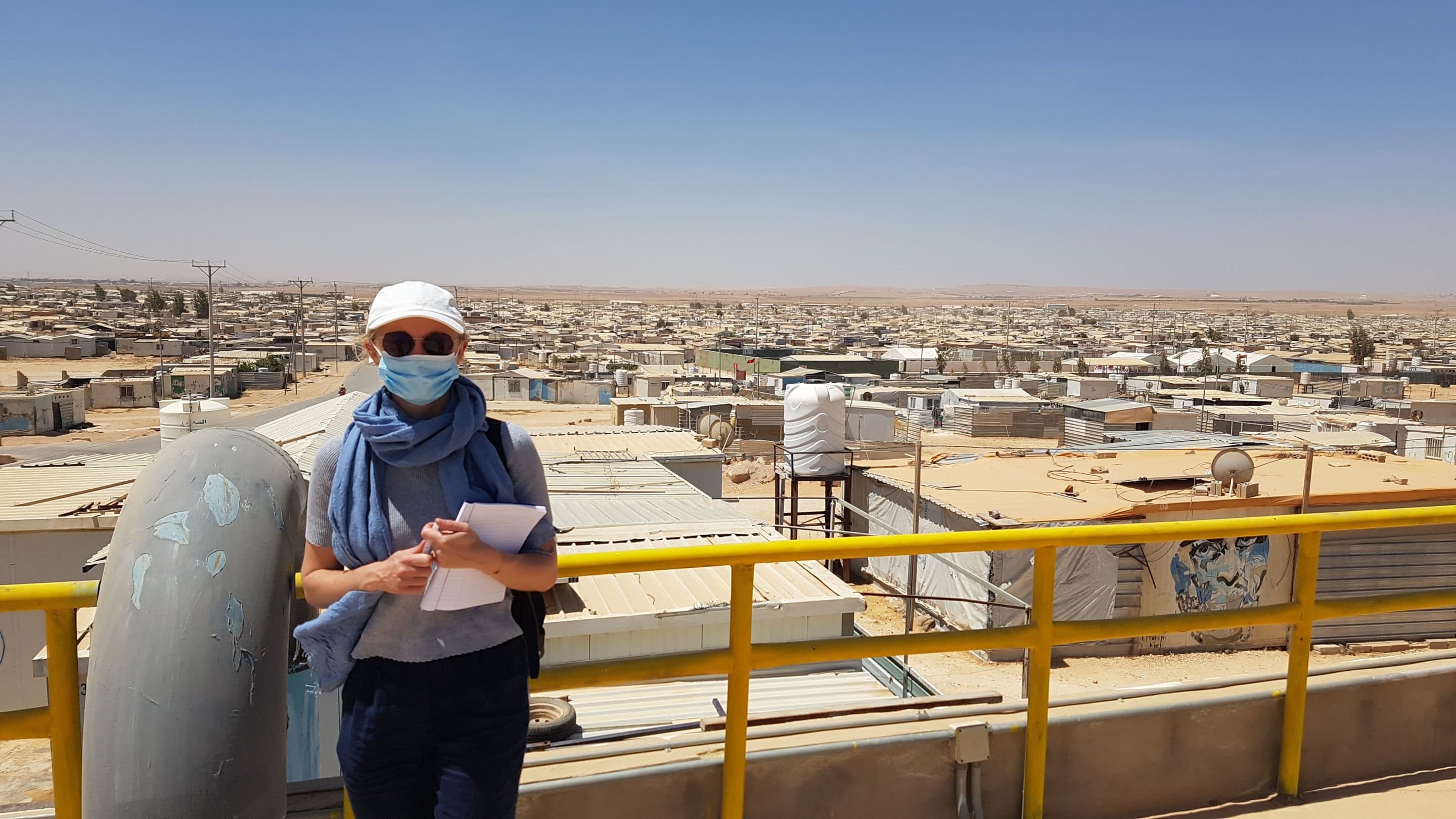
Clara in Zaatari refugee camp, Jordan
Lesson #2: Due to unavailability of upfront capital, costly and unsustainable emergency water provision persists as crises drag on
Emergency water provision provides important immediate relief to crisis-affected populations but as the crises drag on – the solutions that were meant to be temporary persist. UNICEF and other humanitarian organisations continue to truck water into displacement settings when they should be drilling new water boreholes and run water pumps off diesel generators when they should be using renewable energy sources. So why is this so?
Sustainable infrastructure systems require upfront capital investment, but most aid agencies are restricted from taking on debt to finance these projects and their yearly budgets are often inadequate to take on these types of investments. During our team’s consultations with key stakeholders, it also became clear that the local governments and utilities often lack resources and/or political will to develop water systems, especially for communities that are served by the humanitarian sector. Similarly, investors struggle to find investable pipeline due to scarcity of opportunities and disproportionately high risk[2].
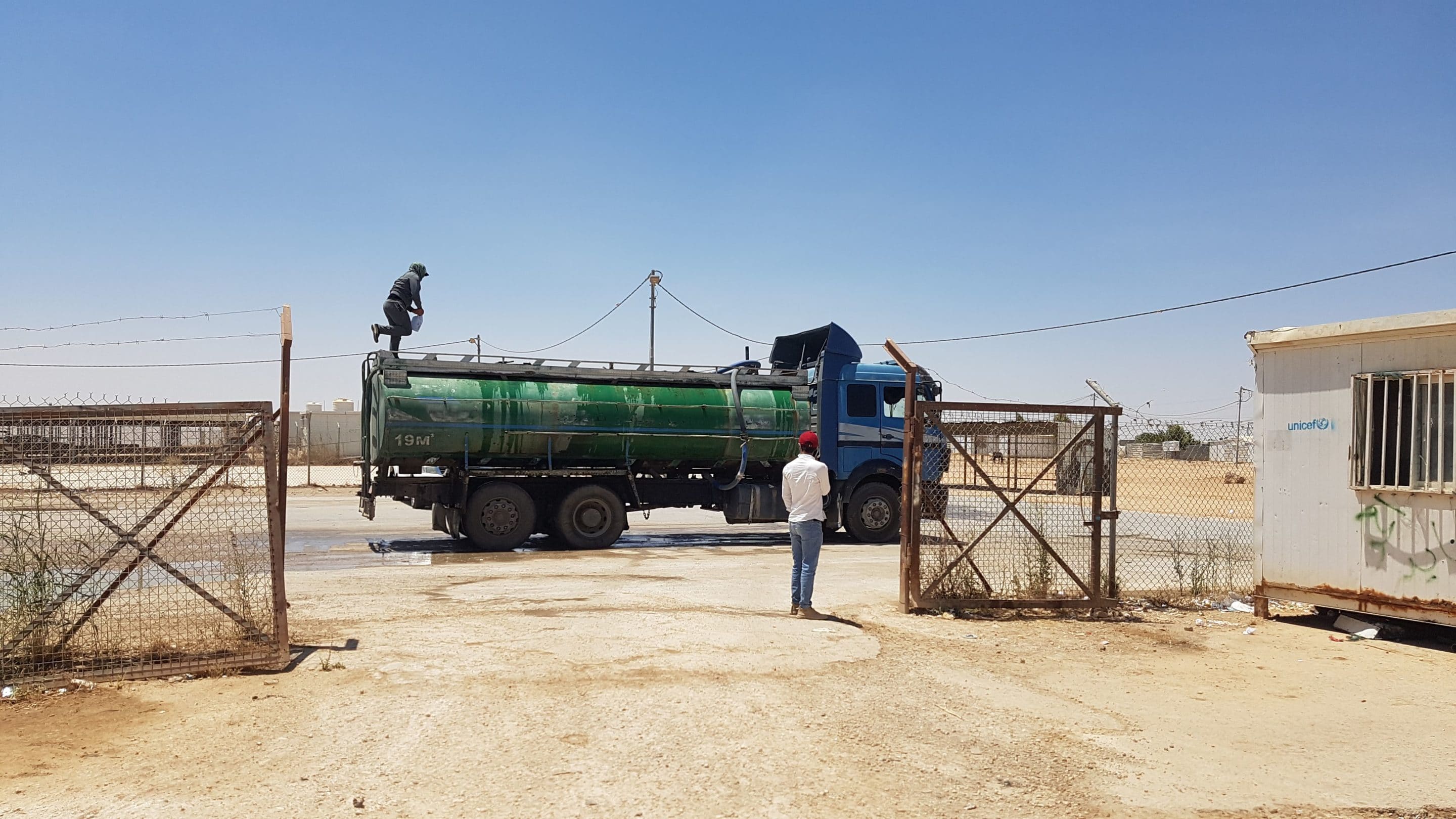
Water truck being delivered to Zaatari refugee camp, Jordan
Lesson #3: Investing in durable infrastructure systems can generate cost savings
Our analysis shows that over years, emergency water provision typically costs donors significantly more than the cost of sustainable infrastructure systems. Indeed, the team’s findings show that the pilot alone (covering six projects) could generate cost savings to UNICEF and its donors of 10 million USD over 10 years (representing more than 20% of the alternative status quo costs). Notably, an investment in a new water supply for the Zaatari refugee camp in Jordan has the potential to generate cost savings of 6 million USD over 10 years compared to a continuation of water trucking[3].
In addition to cost savings, investment in sustainable long-term infrastructure systems improve local air pollution levels, contribute to economic development through the channelling of funds to local operators and generate other indirect social benefits such as empowerment and reduced social tensions.
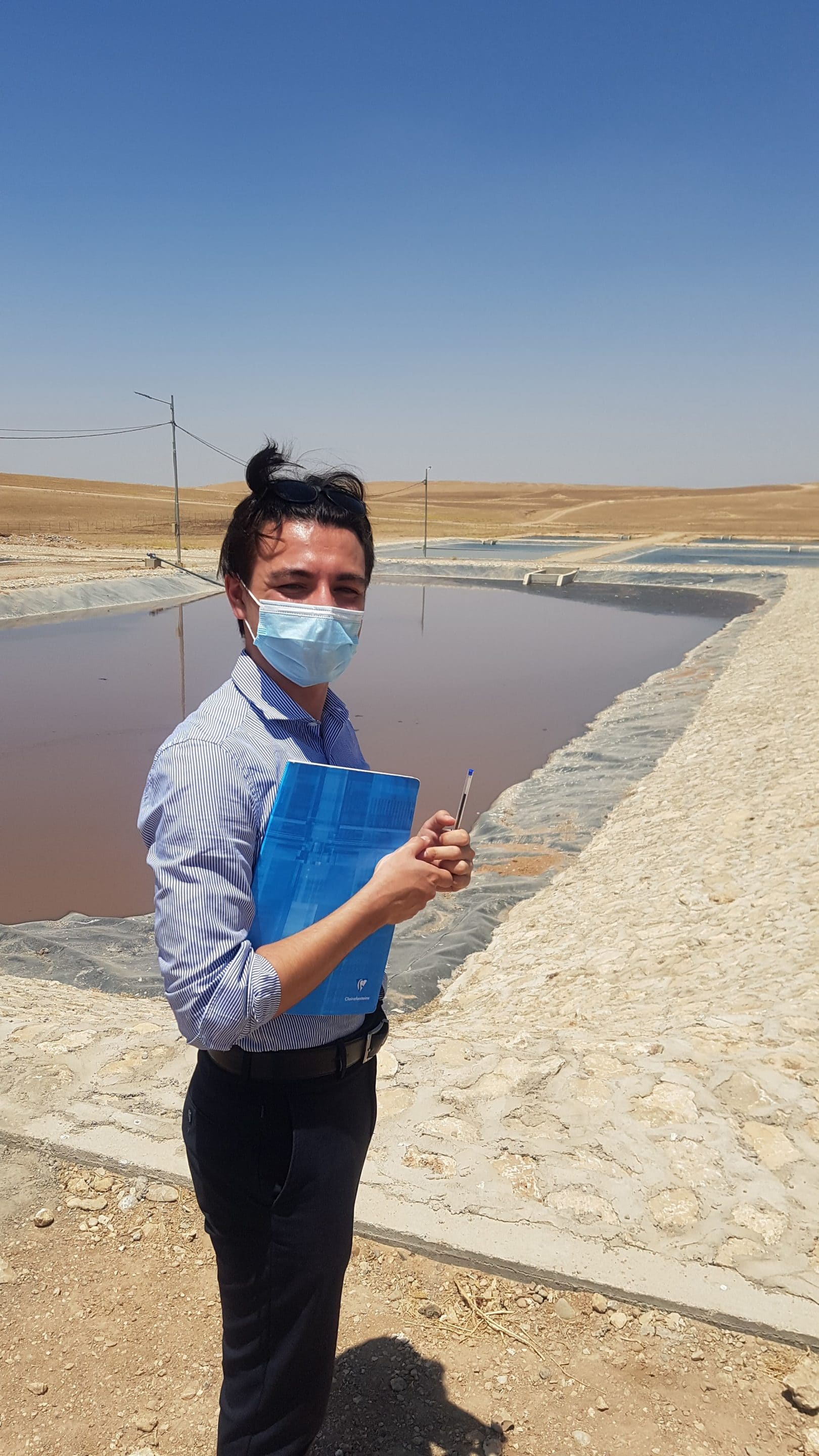
Alexandre at Faida wastewater treatment plant in Dohuk Governorate, Kurdistan Region of Iraq
Lesson #4: There is a need for a financing tool that allow humanitarian actors to break the reliance on emergency provision
With the support of Conrad N. Hilton Foundation, Proparco and others, KOIS and UNICEF have developed a solution that will allow UNICEF and potentially other international organisations to break its reliance of emergency water provision, as well as attract investment into the humanitarian sector. The financing facility will consist of various investors that finance a portfolio of long-term infrastructure projects and public donors that de-risk the investment. UNICEF will buy the services (e.g., water) at costs lower than what it pays today, allowing to reimburse the investors.
KOIS and UNICEF are working to pilot the financing facility in Jordan, Iraq and Yemen in 2022. The facility will contribute to a higher availability of water, cost savings for donors, reduced carbon emissions, strengthened local economic development, as well as other indirect social benefits.
[1] UNICEF (2021) Water Under Fire
[2] It is important to note that the perceived risk of investors is typically significantly higher than the real risk
[3] Including the present value of all CAPEX and OPEX



